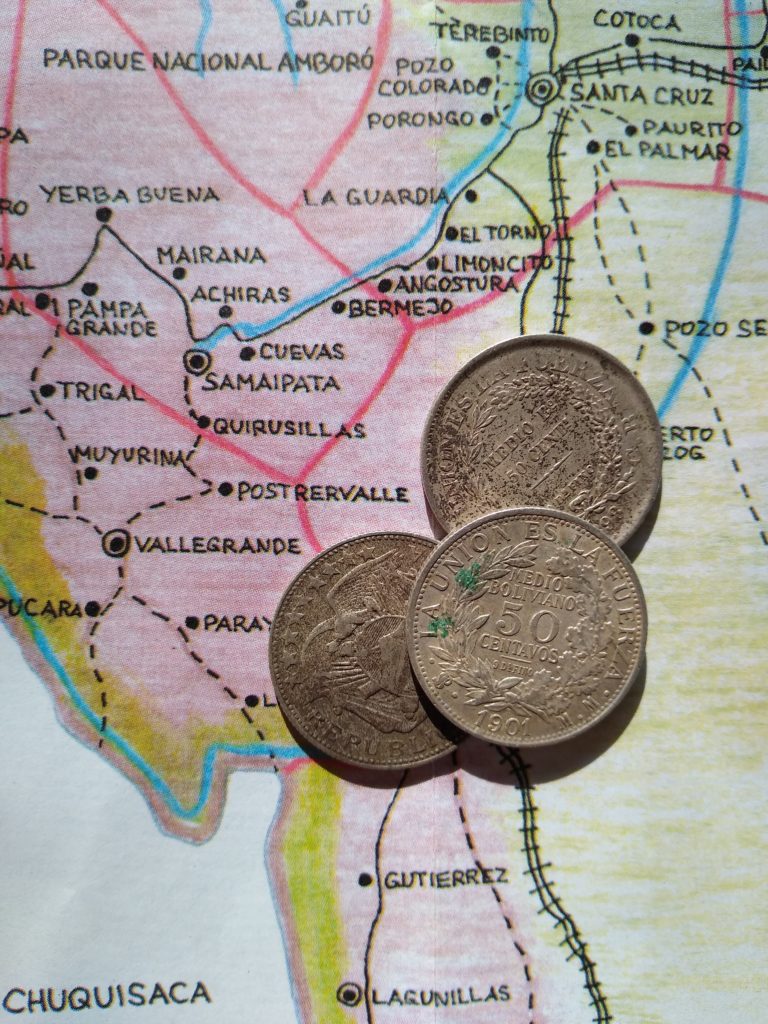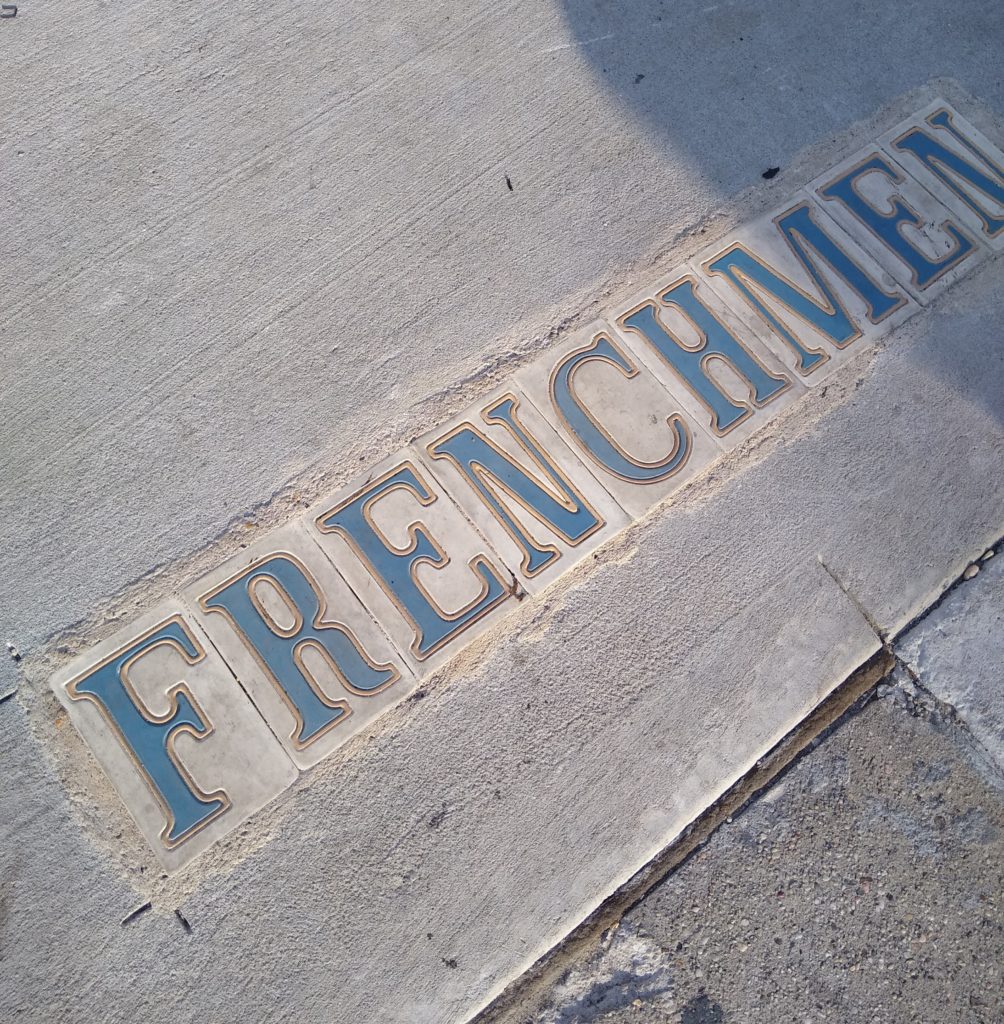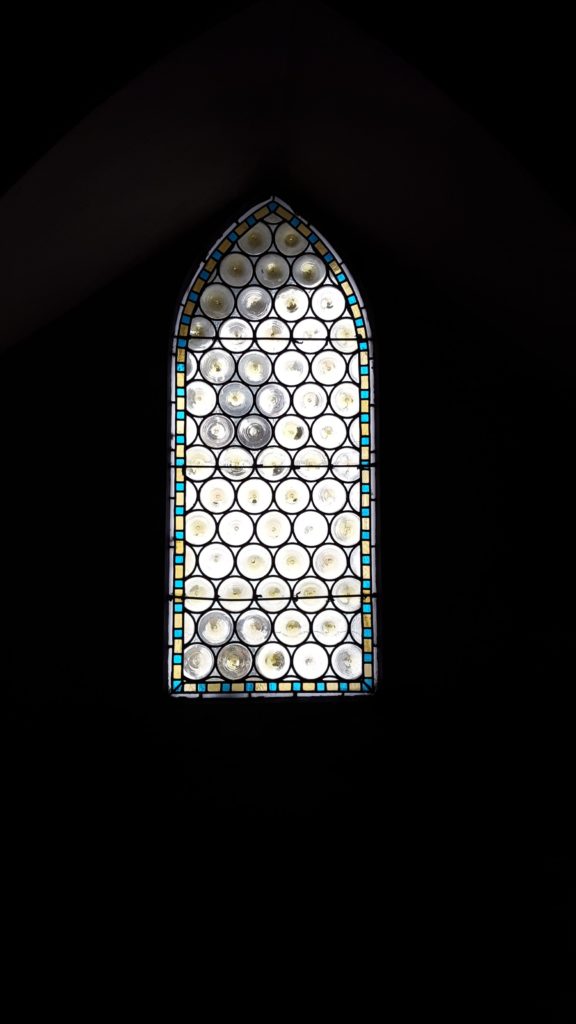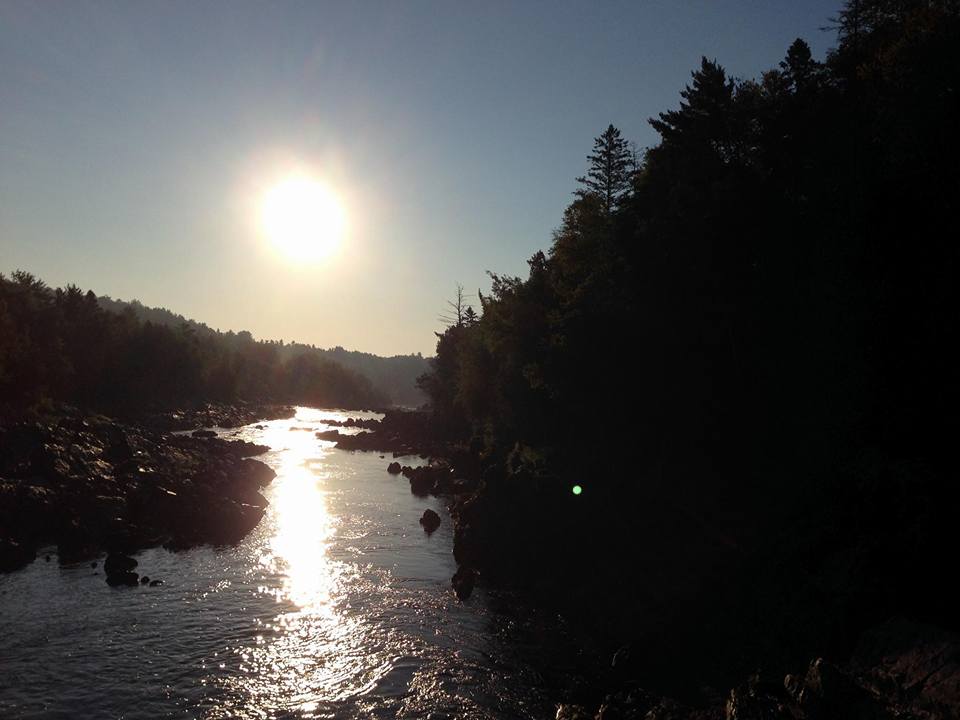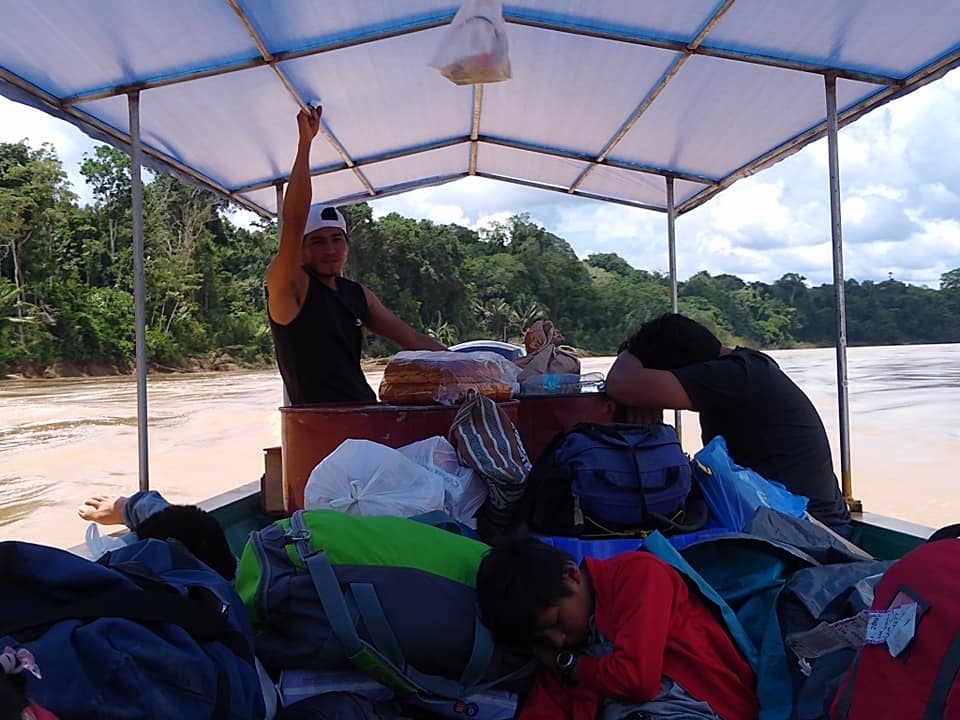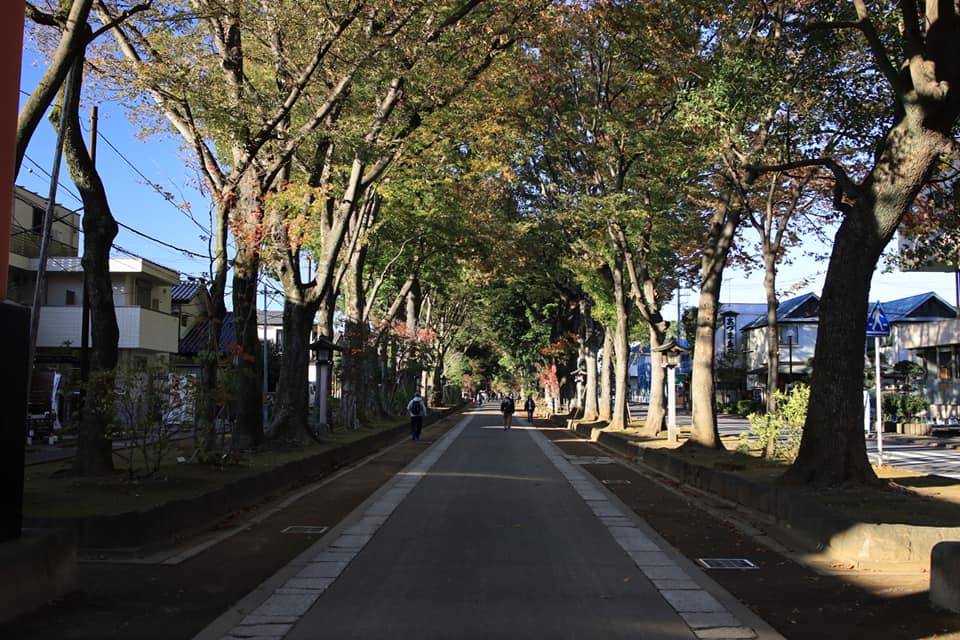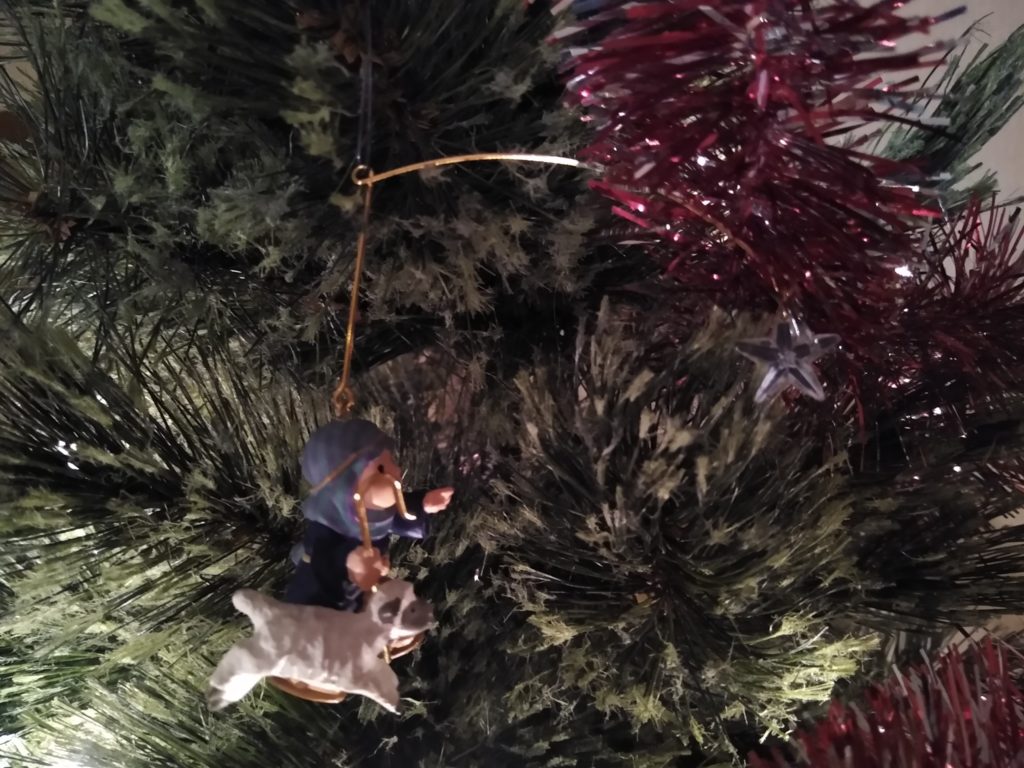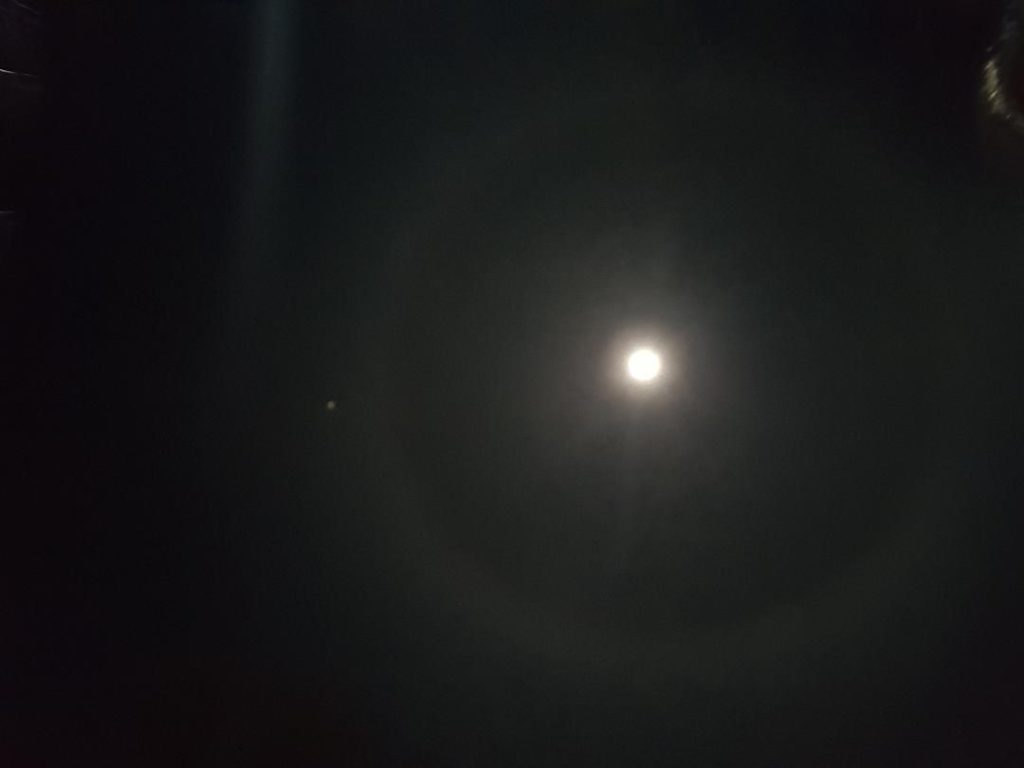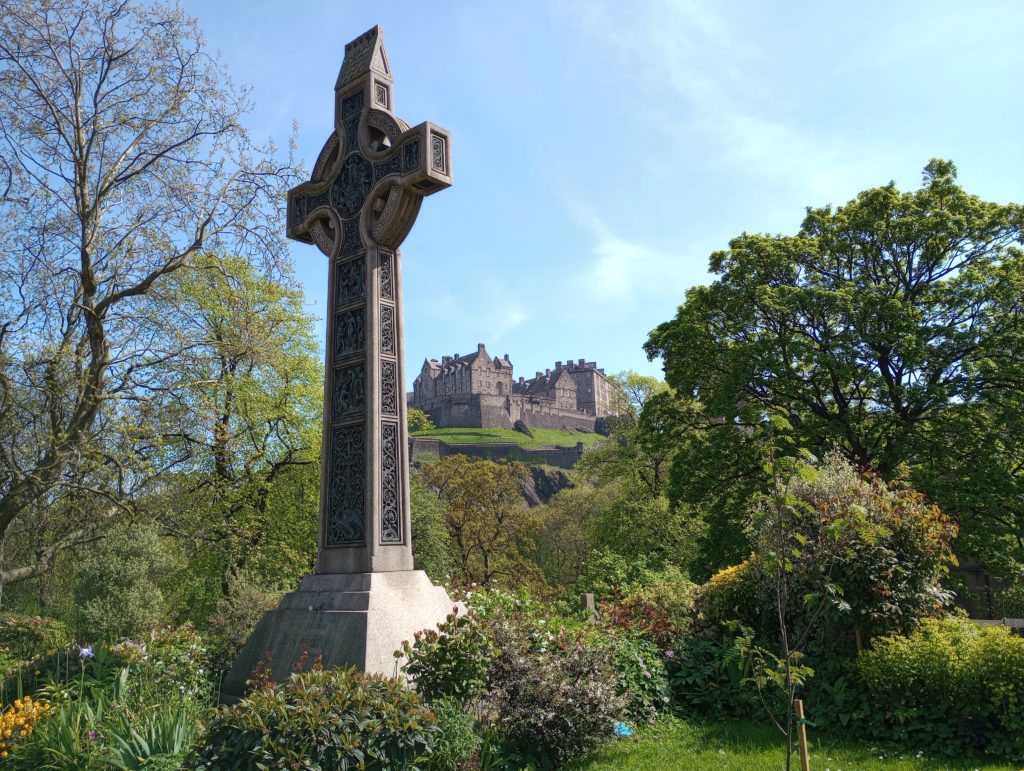
Travel Journal, 130
Cobble stones older than America line the narrow streets, all of which seem to lead up to the ancient castle perched on the tippy-topmost ridge. Darkish clouds hang down, drawn onto the stone structure. It makes no sound and wants nothing of passersby. For all intents and purposes, Edinburgh Castle keeps to itself. And so does the rest of buildings and churches and houses. Each building connects with another—all a grey stone or tan stone. Some parts, like the aptly named Old Town, are indeed quite old: Middle Ages. These places haven’t changed in nearly a thousand years. Others, like the ridiculously named New Town, are still 18th century structures. This boggles the American mind. The 18th century is the beginning of time for us. And if all of the bustle and people were to evaporate and disappear forever, one has the impression that Edinburgh would go on, just the same. And the castle would simply keep looking down, as if waiting for something. Cathedrals, chapels, and churches dot the city, breaking up any monotony. No matter where one walks, a steeple stands tall.
Rows and rows of dark and kind of damp stone buildings go on sprawling until they suddenly cease in fields where deer run. A city dropped onto a map of countryside, hills and mountains all around. Certainly, it is not supposed to be there. Someone should speak to the manager. There must be a mistake. It’s an unchanging town, trapped in its own history. And maybe that’s why people go there. Travelers and tourists look for that feeling of unchangeability, an ancient place. They go seeking the old ways. Or they go seeking answers to who they are. Especially in a place like Scotland. If you want to find out if your last name is Scottish and which clan you’re from, you’ve certainly come to the right place.
Most of the time, Edinburgh teems with people, tourists and residents alike. But all of the action happens later, and not at 10:30 a.m. on a Sunday. The streets of Edinburgh were as empty as they ever are as we walked down the lane, on our own search for the unchangeable and ancient. And I’m not talking about the castle (though he looks upon us). We walked toward The Church of St John the Evangelist. Very rarely do tourists darken the door of churches. In fact, the day before, I walked past another older cathedral and saw a tourist peek into an exceedingly ancient church structure. She half-smirked and said that she didn’t need to spend the 2£ on the tour. Nobody wants to go to church. And yet they’re all looking for something more, darker, deeper, ancient, and satisfying. But that’s why we walked the chilly Scottish lane toward the mystery of God. We seek the same beauty and ancient unchangeability.
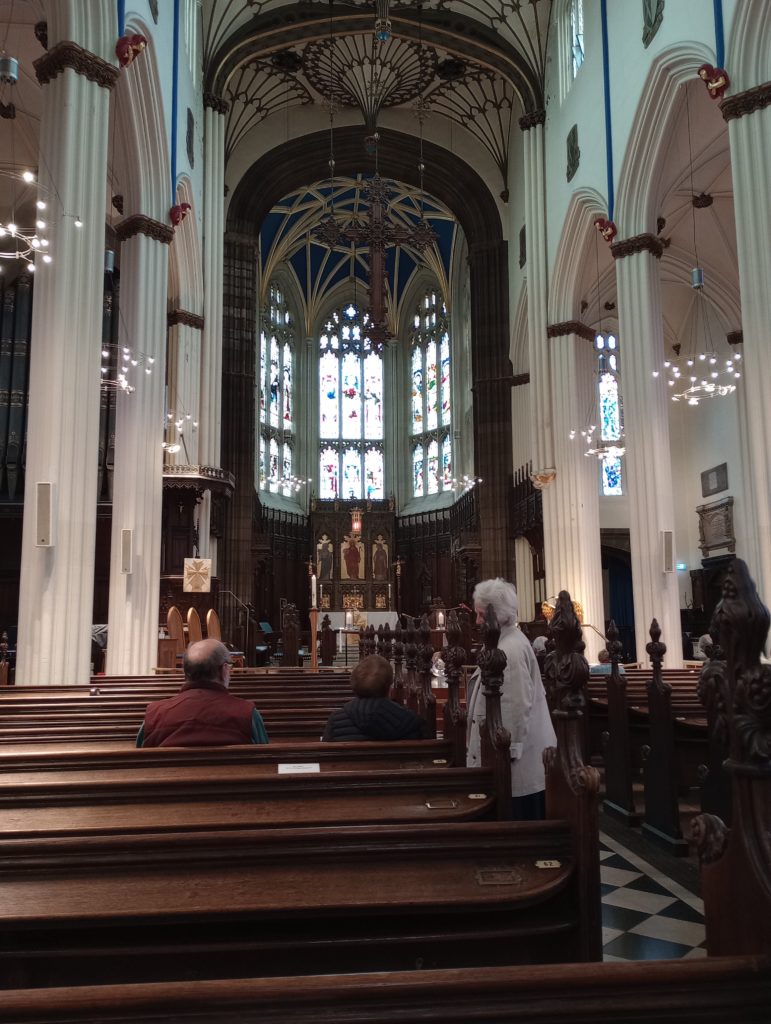
We came to a sung eucharist service: a celebration of the Lord’s Supper accompanied by the choir of St John’s. The service commenced with the singing of Psalms and recitations by us churchgoers. We stood and sat and prayed and sang. An older gentleman in front of us told us about the history of the church (he’s been there 50 years). At length, we all stood and filed past the priest and rectors to receive the body and blood represented in a cracker and wine. Back to our seats. More choral music. More praying. A blessing was given as the service closed.
This all seems innocuous or even dull to so many people. “Church is boring. Christianity is dead. I’m not religious. Religion is just a crutch.” These statements usually come from a point of superiority. It usually feels like the person you’re talking to is trying to tell you that they have it all figured out. They don’t need my tired old God. And yet they line the streets to see the Crown Jewels of Mary Queen of Scots. Or they take selfies in front of the most beautiful structure in the city. News flash—that’s a church.
I don’t have it all figured out. On the contrary, my hurts and problems and questions sting just as much as the next guy’s. Prolific author and apologist G.K Chesterton had it right when he said that, “the riddles of God are more satisfying than the solutions of man.”
The ancient and unchangeable ways of God satiate that taste and desire for more. There’s a reason the most beautiful structures in this world point to heaven.
anthony forrest
